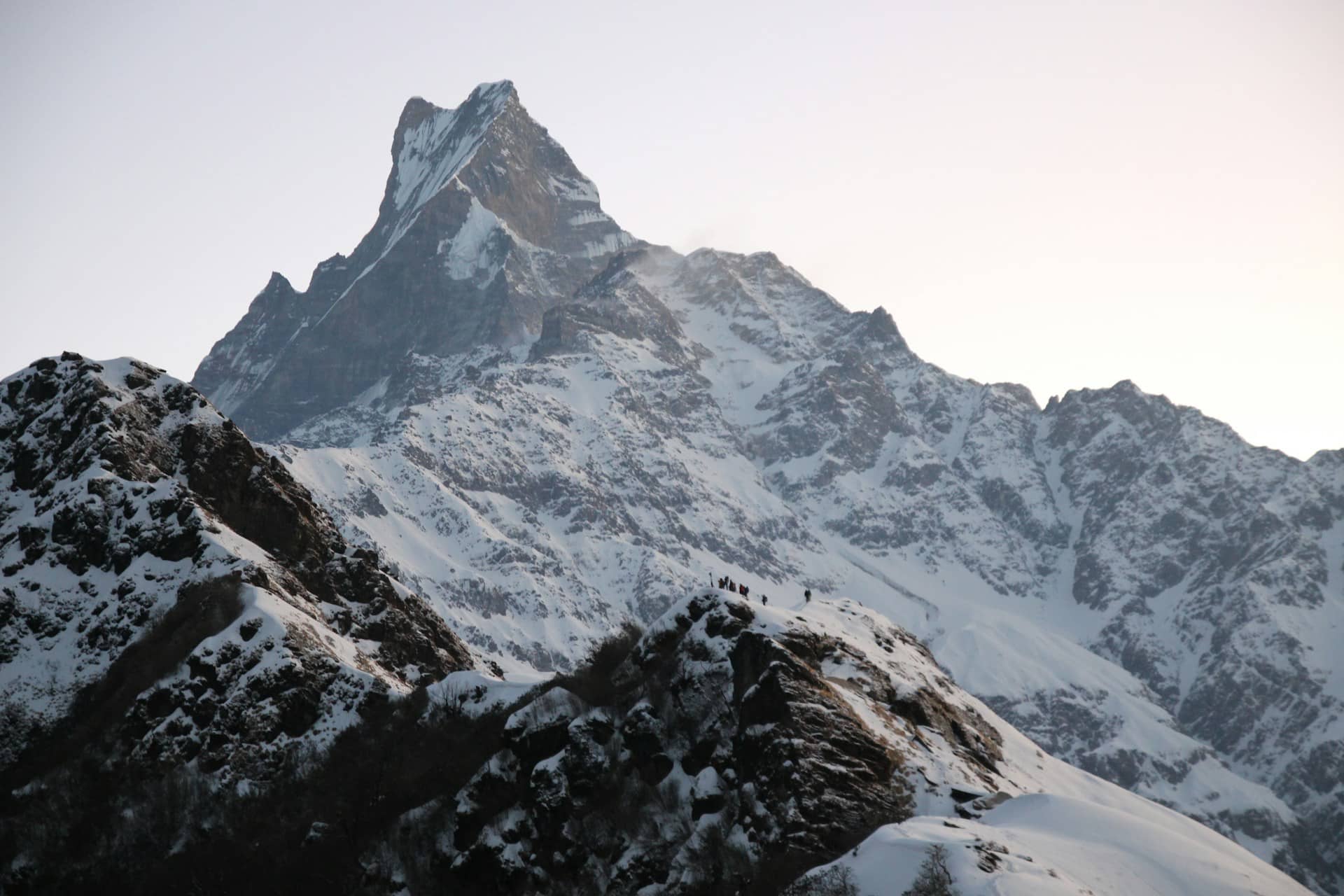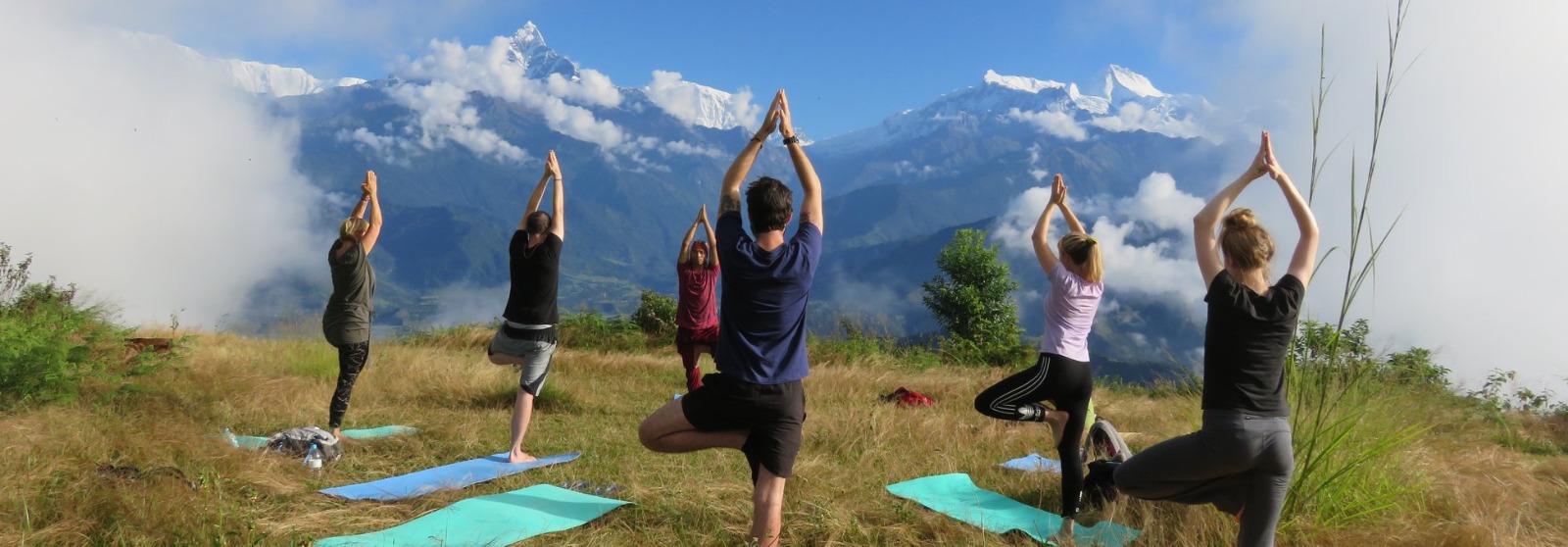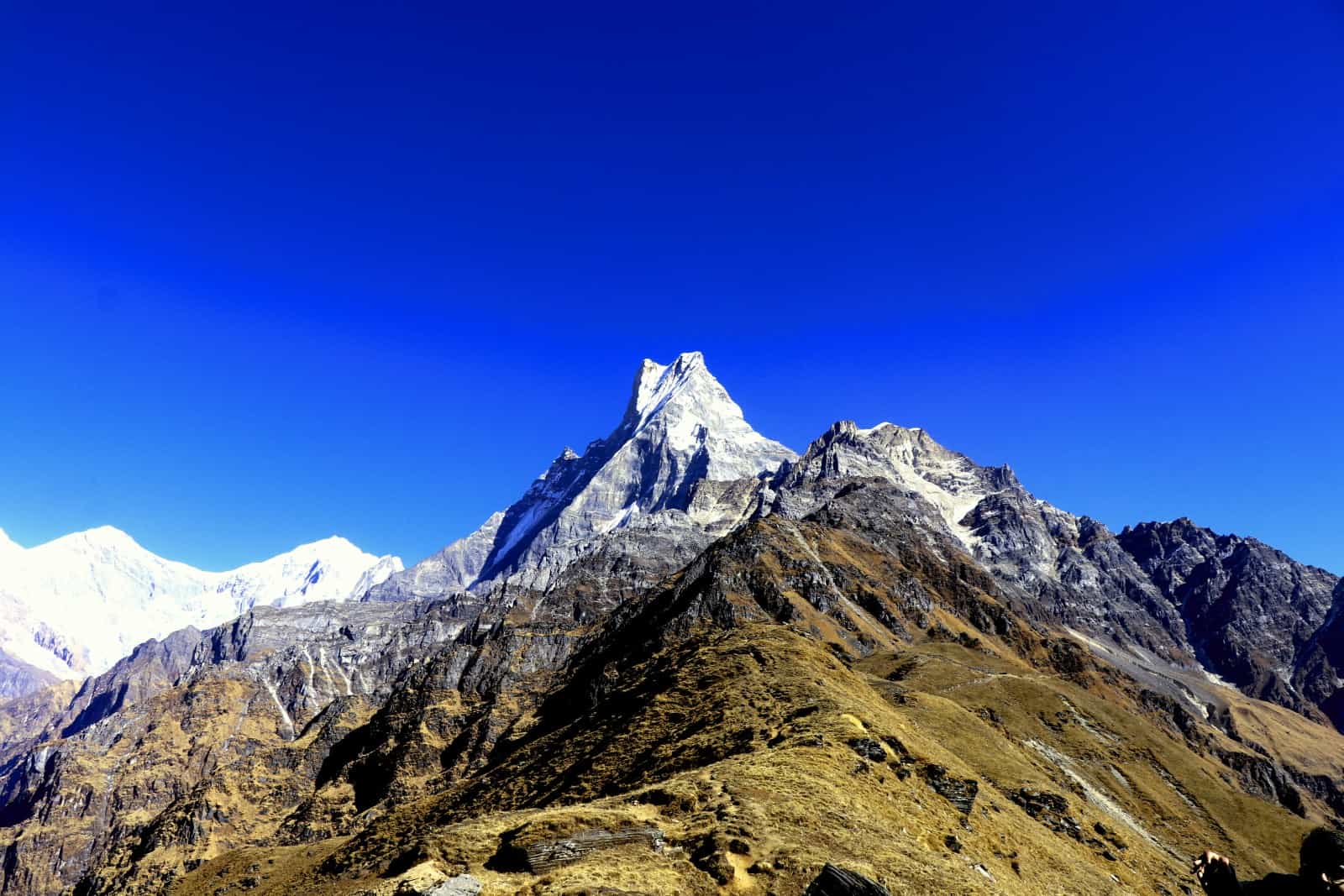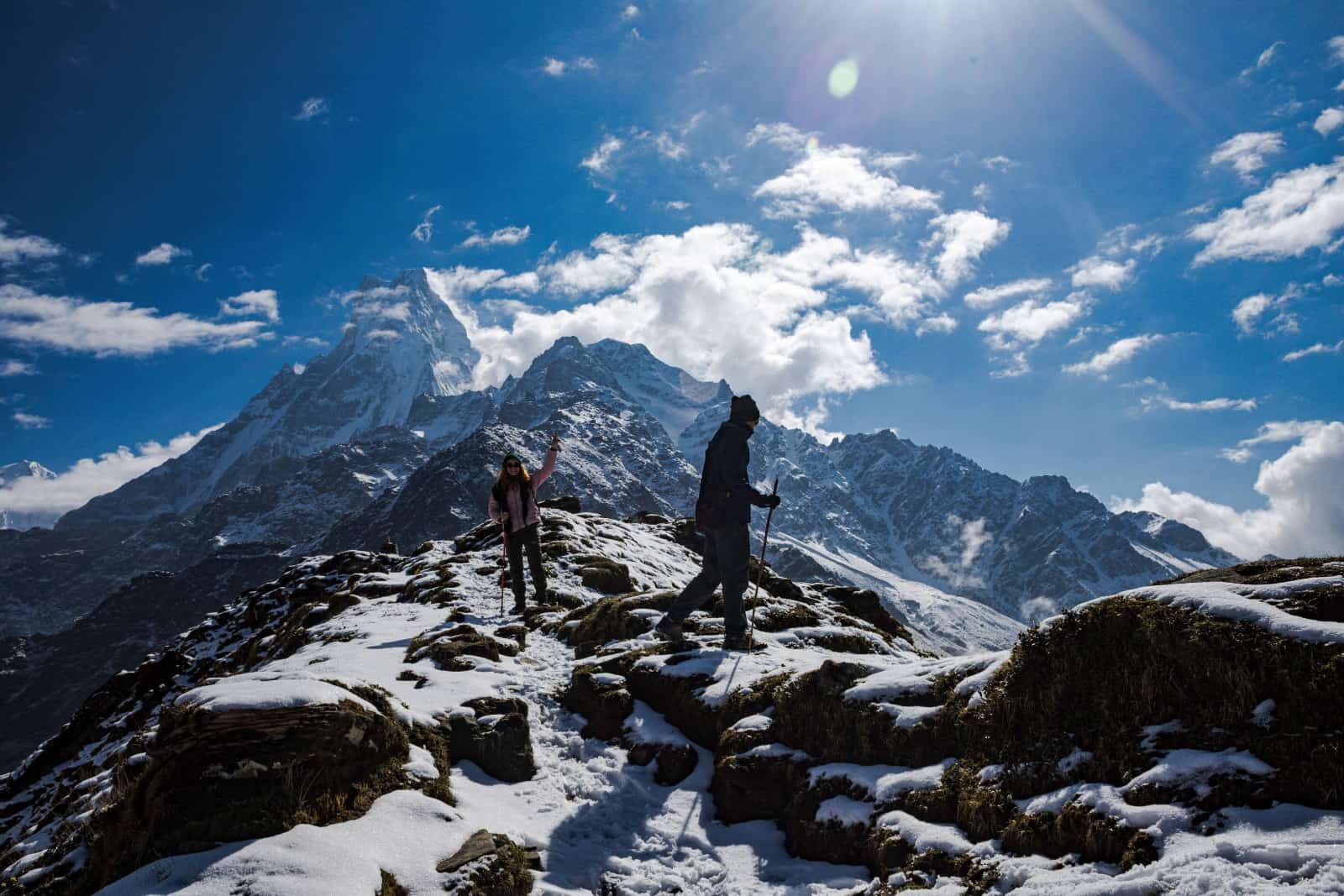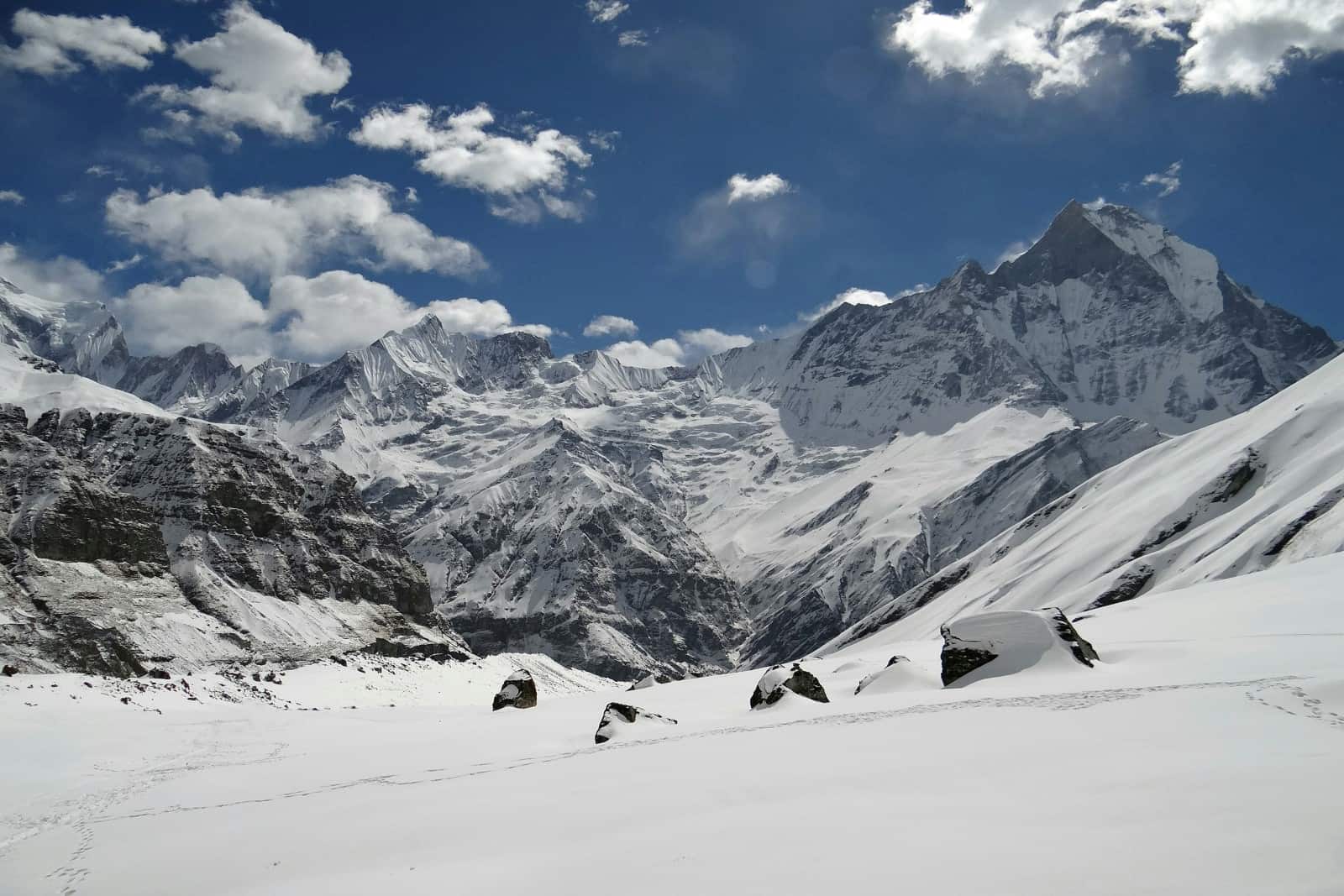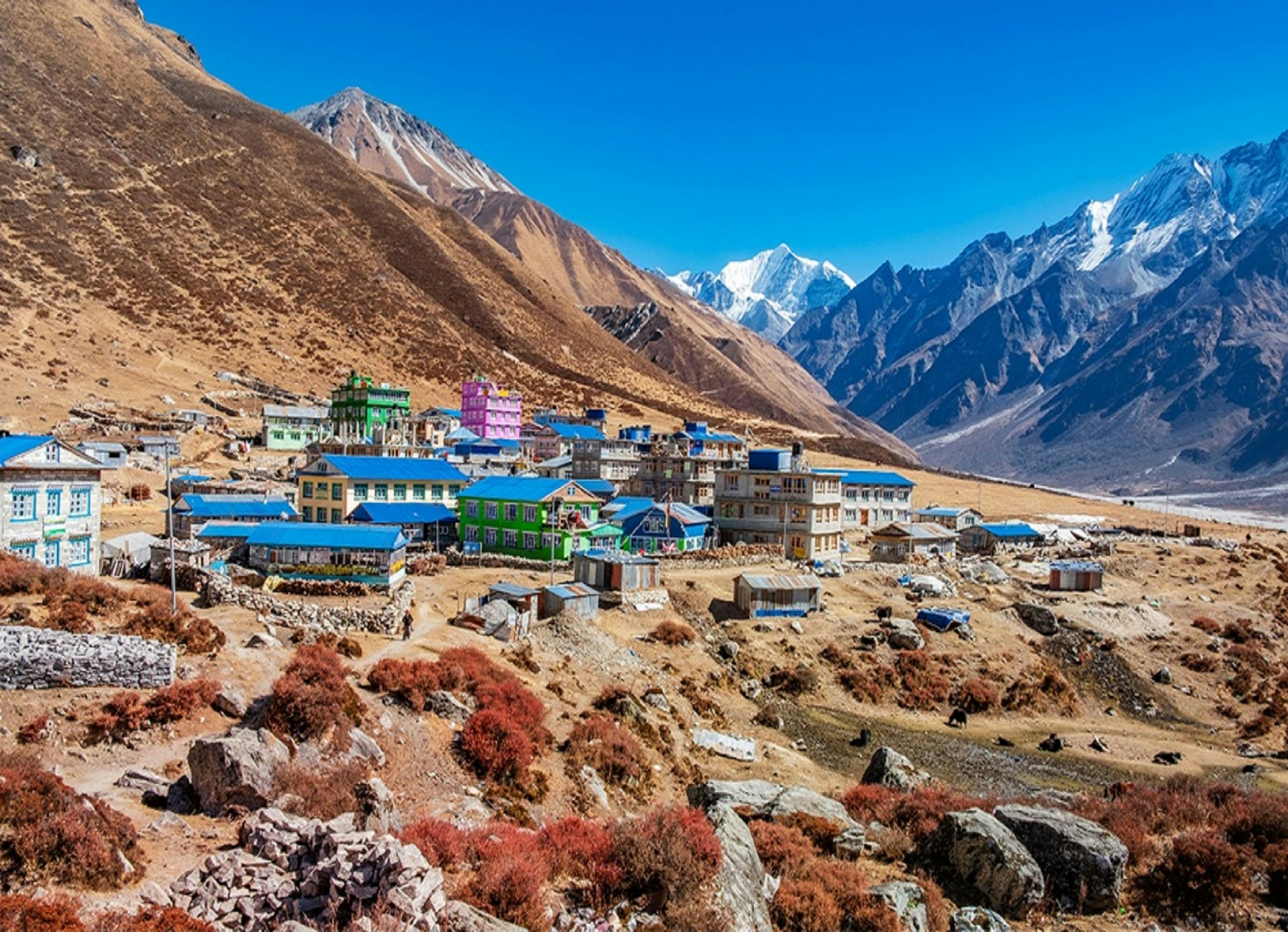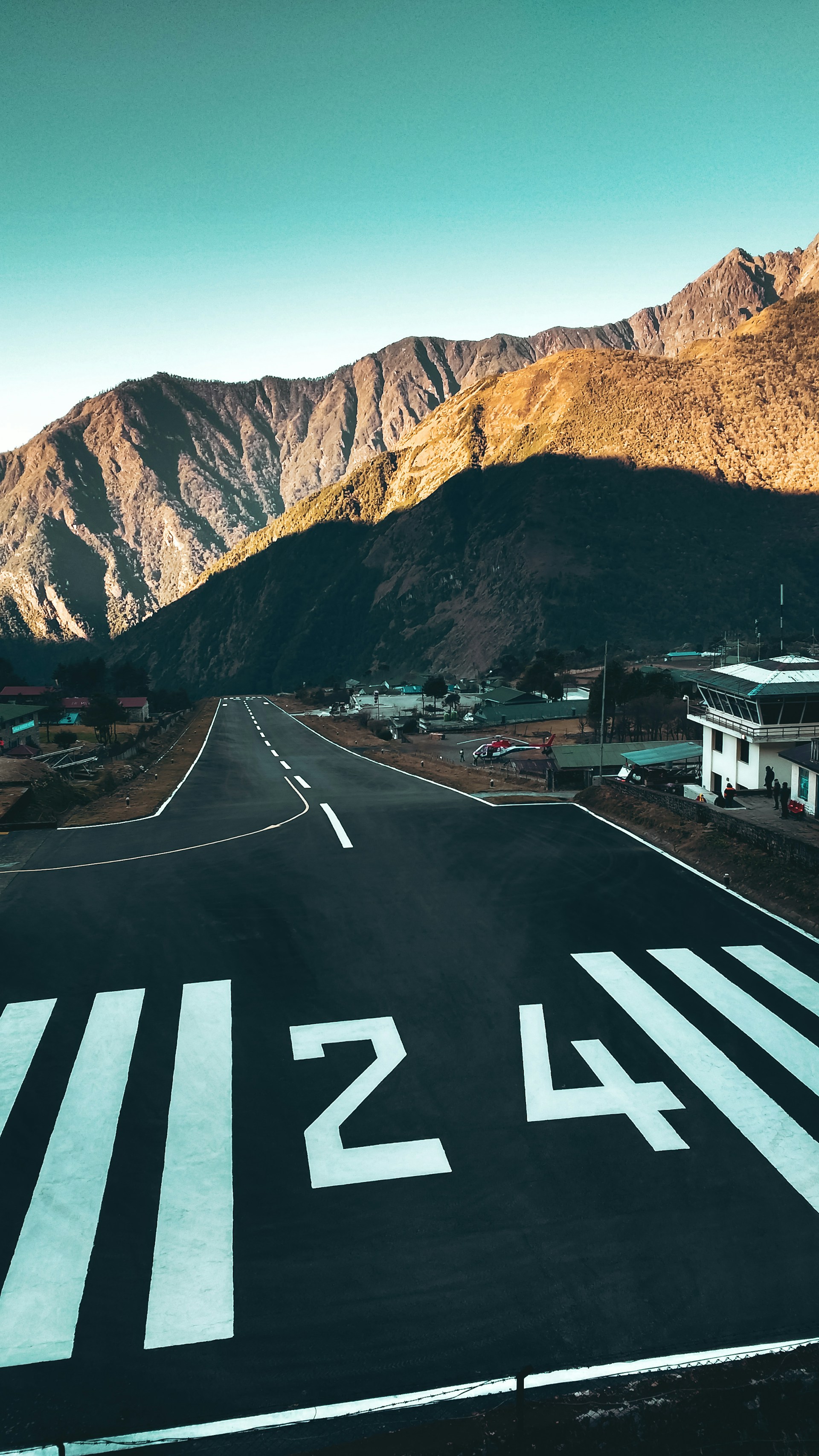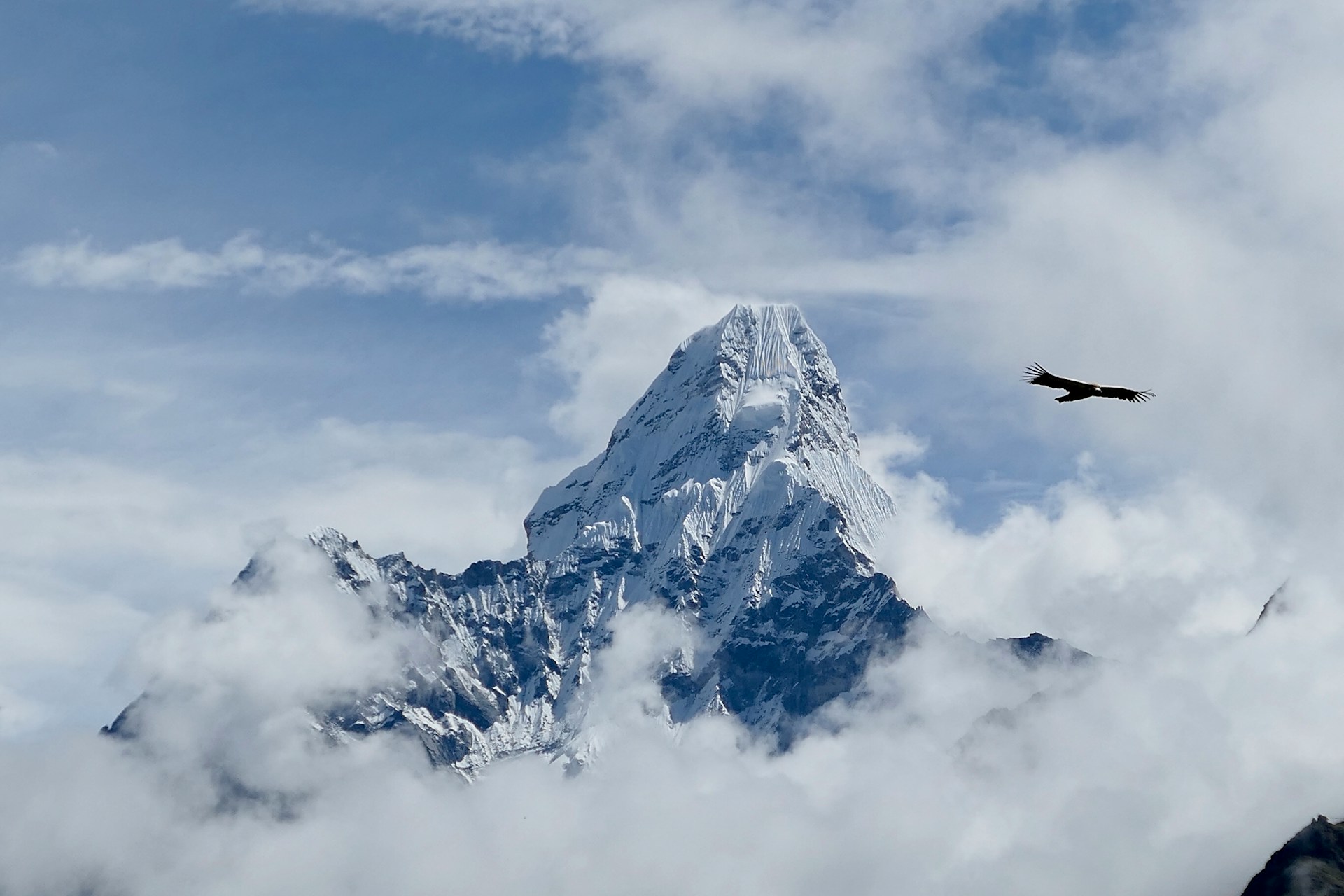Mardi Himal Trek: Best Times to Experience the Beauty and Culture of Nepal
Trekking is more than a leisurely nature walk; it's an exciting adventure that enriches the spirit and challenges the body, promoting personal growth. It allows individuals to connect deeply with nature while pushing their physical limits and building mental resilience. The Mardi Himal trek in Nepal's Annapurna region offers breathtaking mountain views and a chance to experience vibrant local culture, making it a rewarding journey.
Choosing the right time for your trek is essential, as it greatly impacts your experience. Understanding the seasons is key to ensuring a fulfilling trekking adventure. This guide provides an overview of the best times for the Mardi Himal trek, helping you plan an unforgettable experience that highlights the area's stunning beauty and cultural richness.
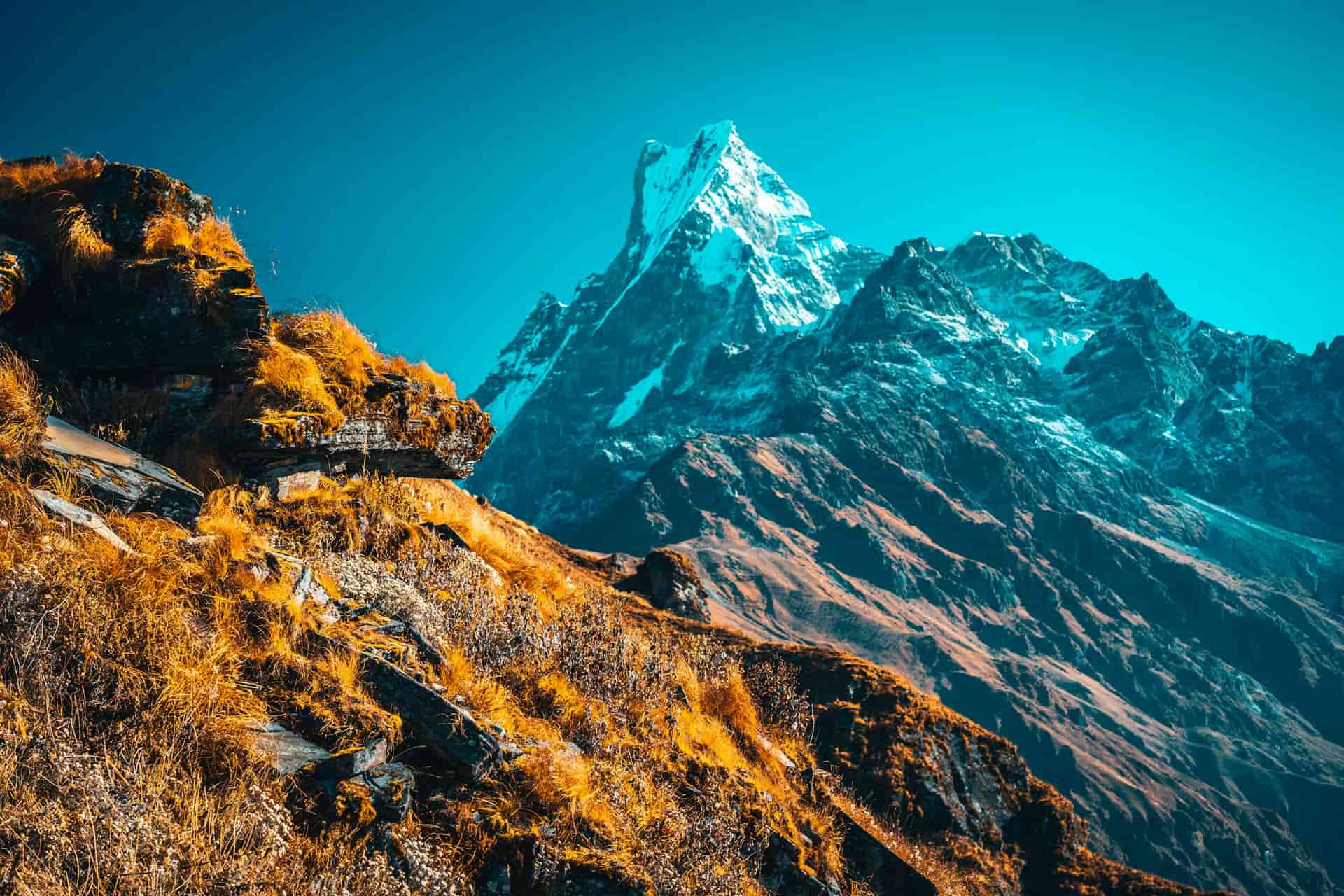
Understanding Mardi Himal
Before delving into the most favorable times for trekking, it is essential to familiarize yourself with the Mardi Himal trek itself. This hidden gem, perched at an altitude of approximately 4,500 meters (14,763 feet), is celebrated for its awe-inspiring panoramas of the Annapurna massif, stunningly beautiful forests, and the incredible diversity of wildlife that flourishes in the region. The trek generally spans about 5 to 7 days, which makes it an excellent choice for both novice trekkers and those who are more experienced. The combination of breathtaking scenery, cultural encounters, and variable terrain makes Mardi Himal a trek that caters to a wide variety of adventurers.
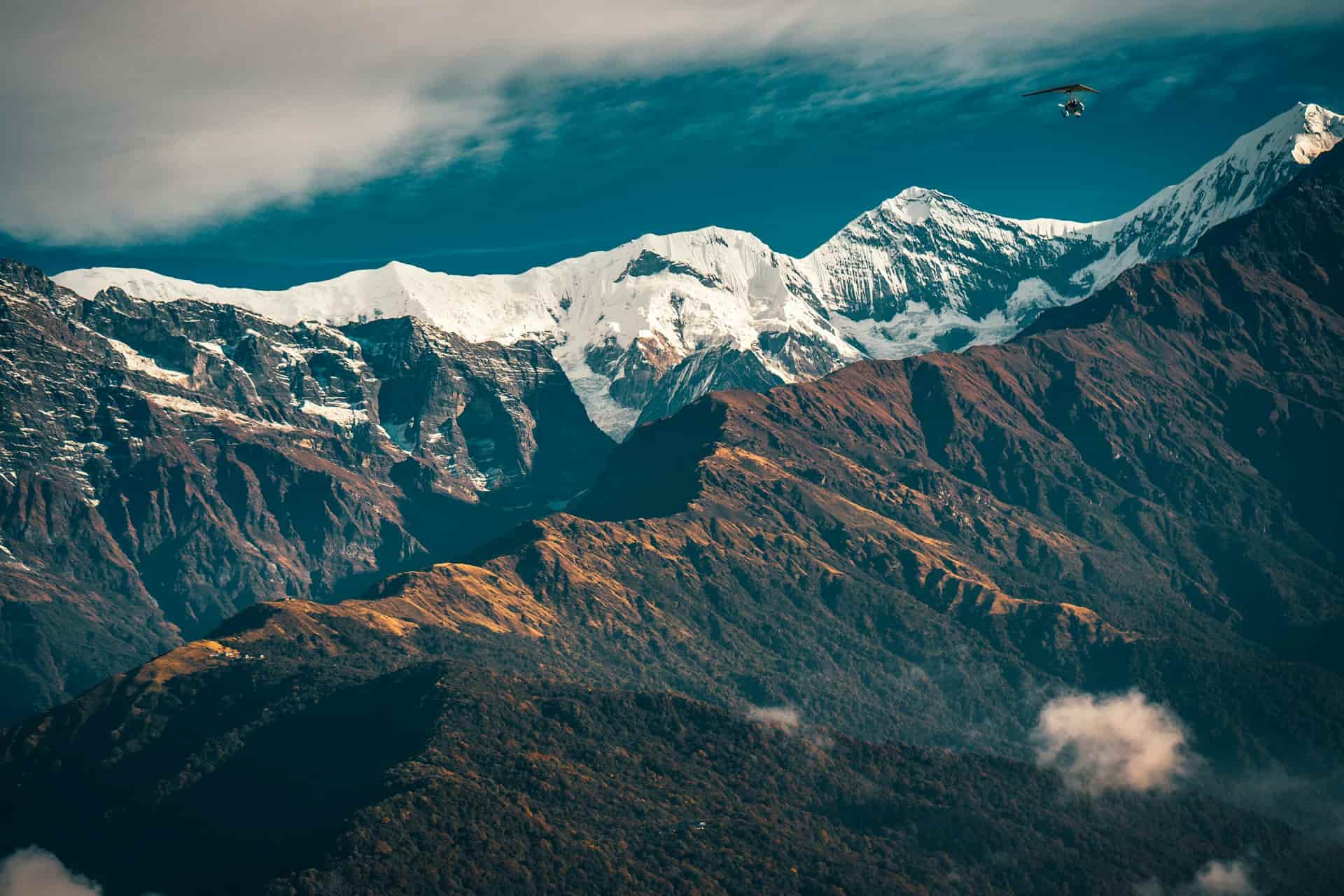
Spring (March to May)
Spring is widely regarded as one of the best seasons for embarking on the Mardi Himal trek. As winter gives way to the warmer months, temperatures begin to rise remarkably, and the trails become adorned with vibrant rhododendron flowers that paint the landscape in a kaleidoscope of colors, creating a visually stunning environment.
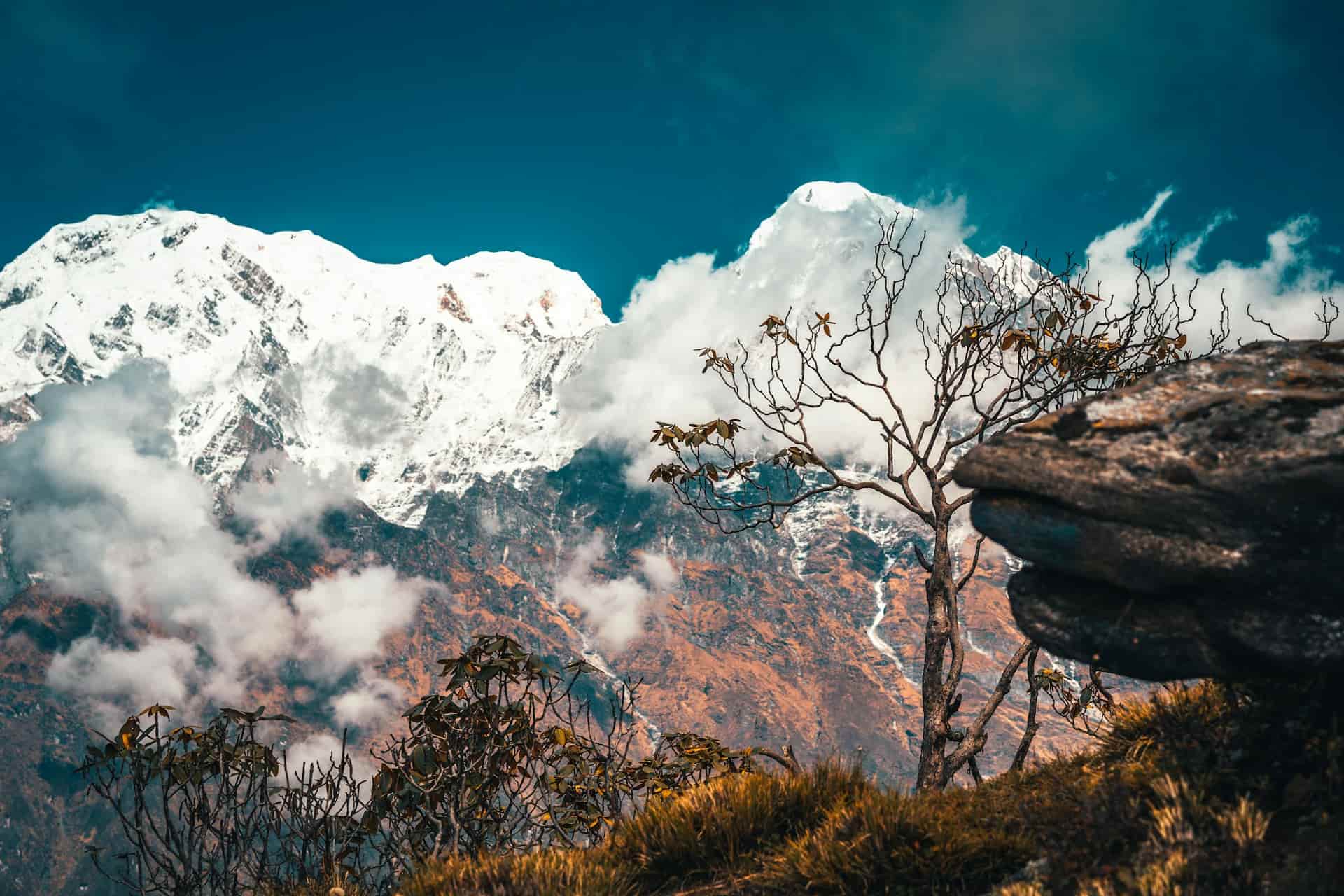
Why Spring is Ideal for Mardi trek
The vivid scenery that accompanies spring is truly remarkable: the blooming rhododendrons significantly enhance the trek’s natural beauty, creating a stunning visual feast for trekkers. Additionally, spring attracts fewer visitors compared to the popular autumn season, resulting in moderate crowds and offering a more peaceful trekking experience. Moreover, the clear visibility and lush vegetation during this season increase the chances of spotting various birds and animals, making it an excellent time for nature enthusiasts.
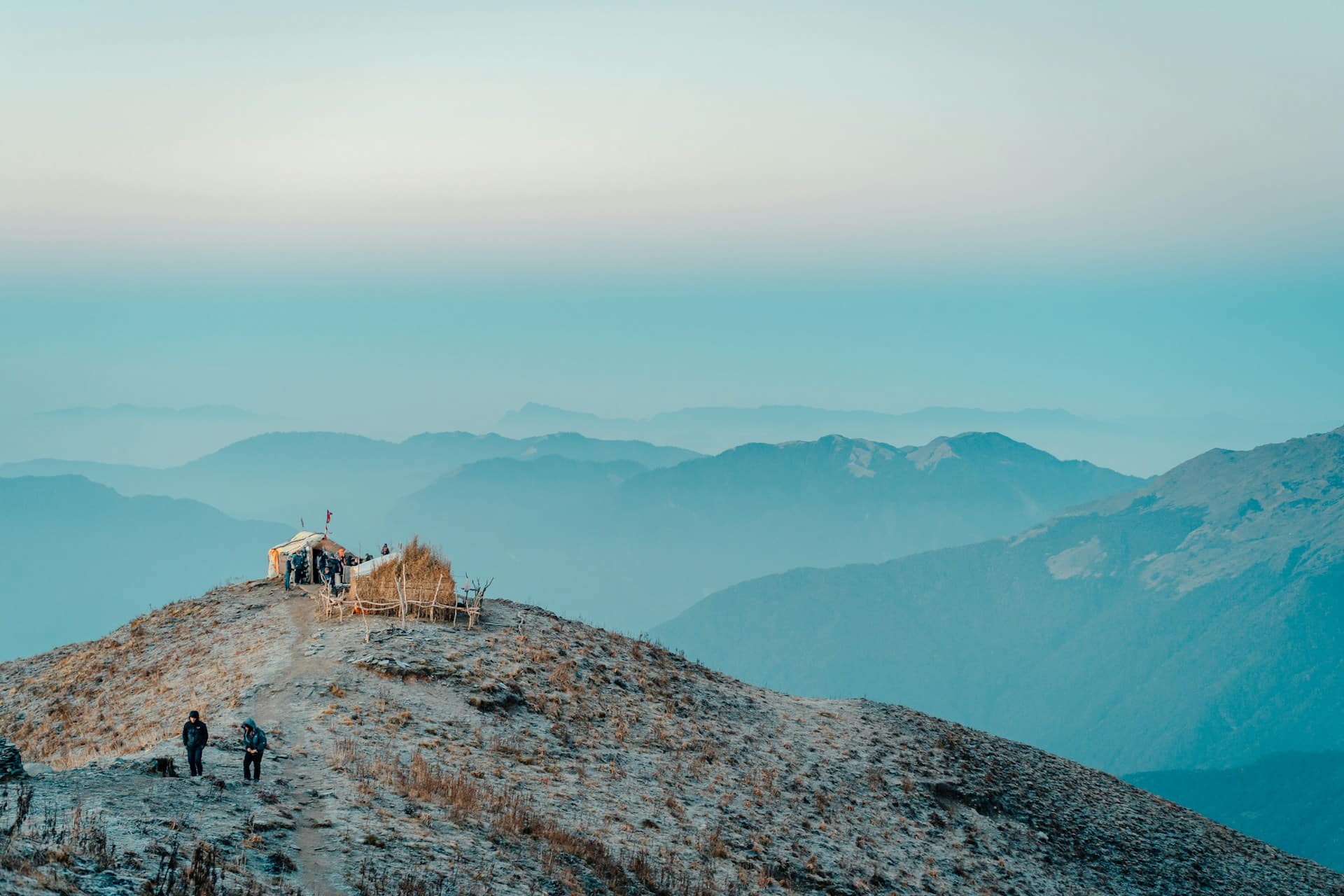
Summer (June to August)
Summer corresponds with the monsoon season in Nepal, bringing with it heavy rainfall and high humidity that present unique challenges for trekkers. This period is characterized by a vibrant yet challenging environment, where the lush greenery thrives yet creates potential trekking difficulties.
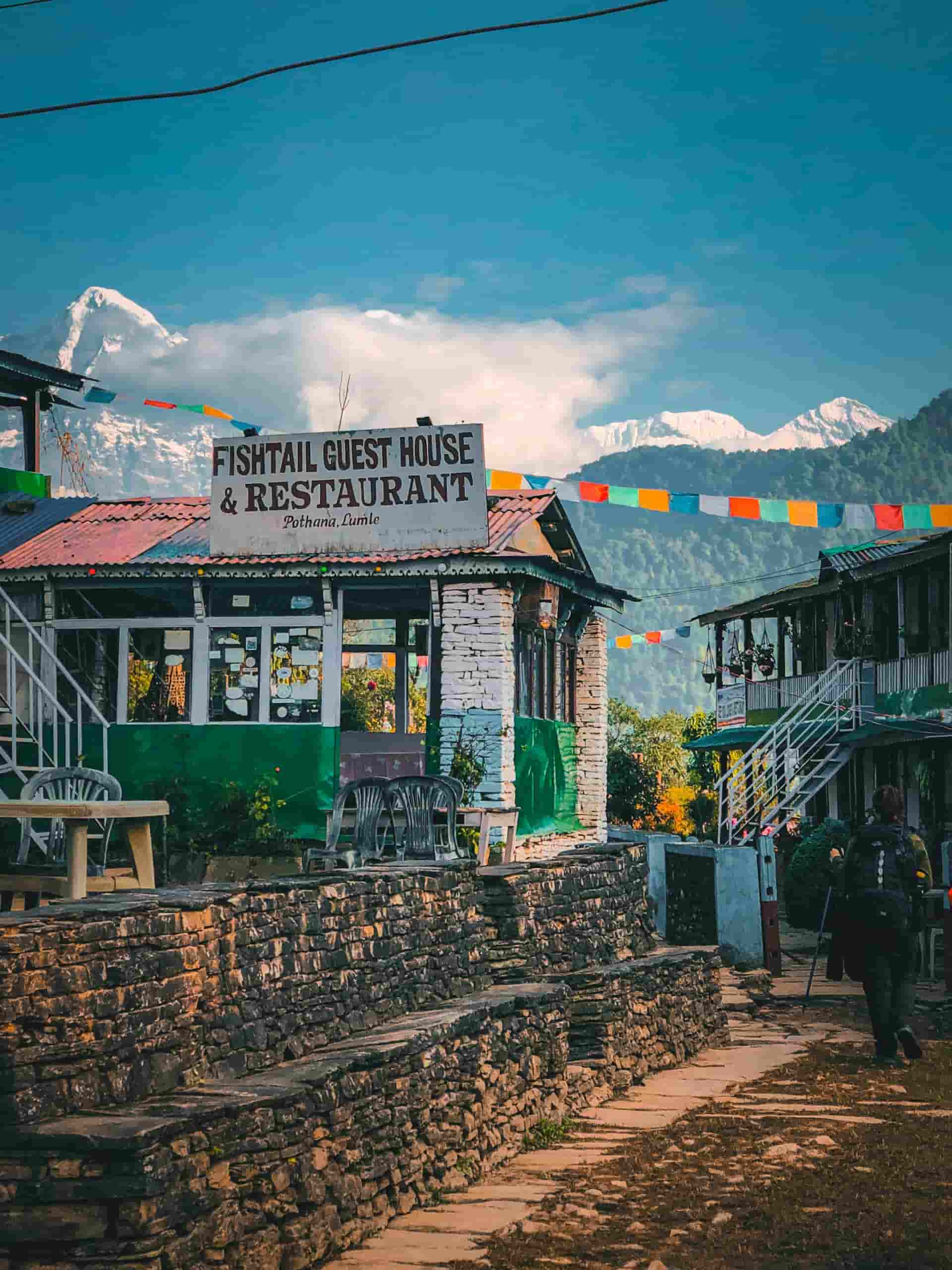
Weather and Conditions
While summer revitalizes the landscape, it also leads to heavy rainfall, especially during the months of July and August. This can result in muddy trails and even potential landslides, necessitating careful navigation by trekkers. Daytime temperatures typically range from 15°C to 25°C (59°F to 77°F), resulting in a warm and humid atmosphere, while cooler nights require well-thought layering to ensure comfort while resting.
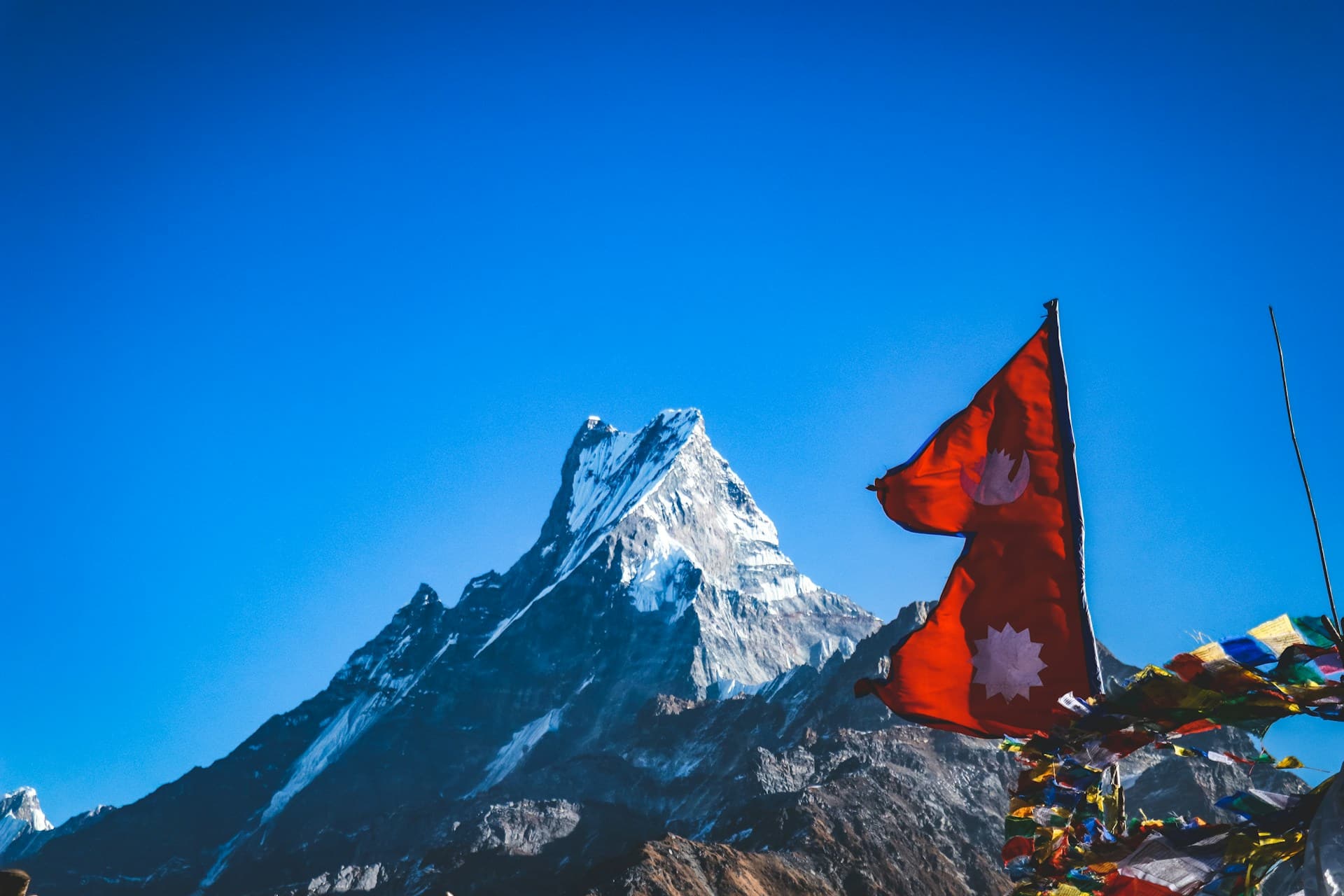
Pros and Cons of Summer Trekking
One of the benefits of trekking during the summer is the reduced number of tourists on the trails. This allows trekkers to experience solitude and a peaceful communion with nature without the usual crowds. The lush landscapes, refreshed by the rain, create an incredibly vibrant environment teeming with life, making every step feel more alive. However, trekkers should adequately prepare for the challenges that accompany summer hiking, including slippery trails, possible road closures, and unpredictable weather patterns that may affect their plans.
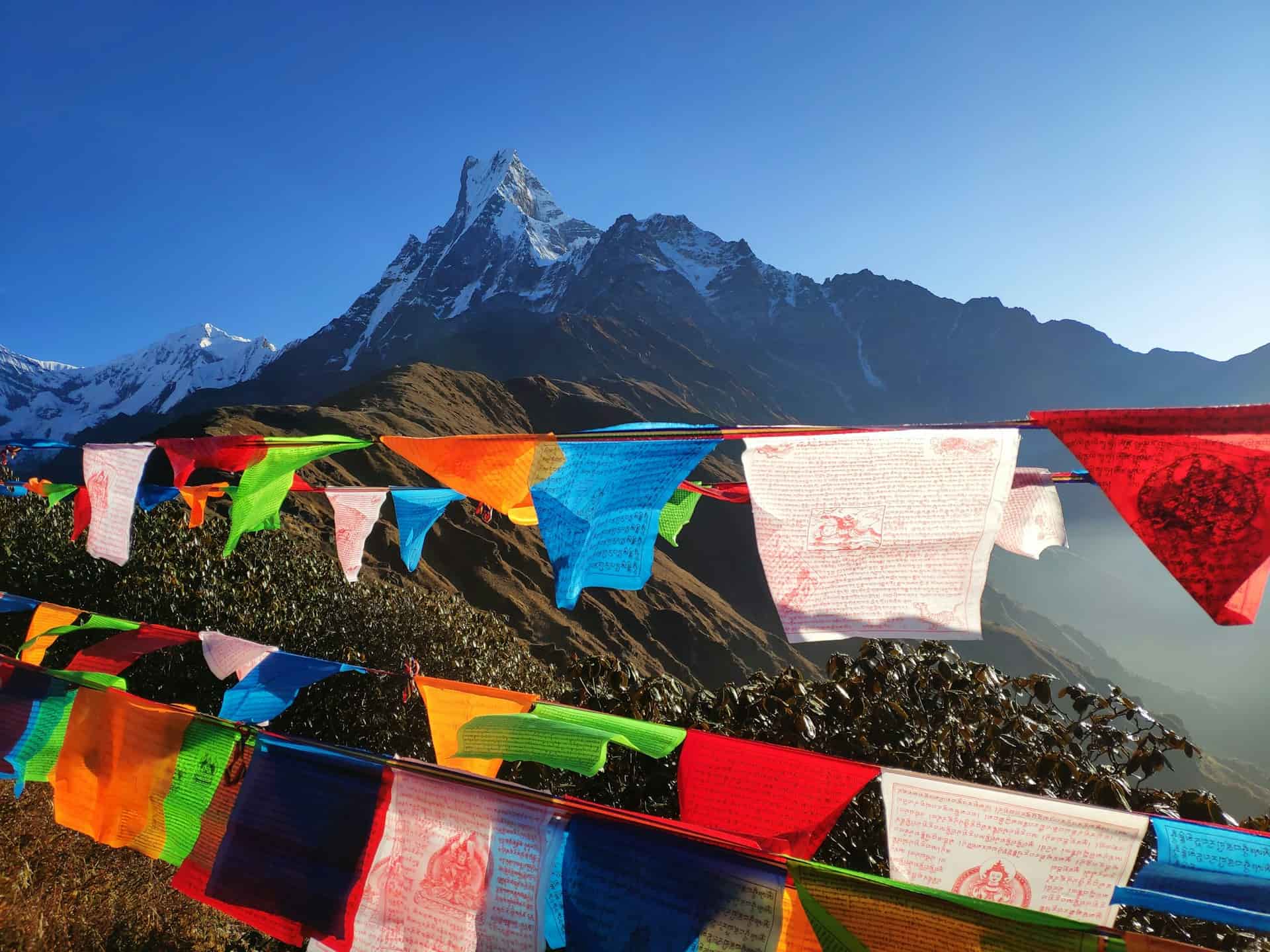
Autumn (September to November)
Autumn emerges as another prime trekking season in Nepal, drawing in those who are eager to embrace stunning views and engage with the rich local culture that this region has to offer.
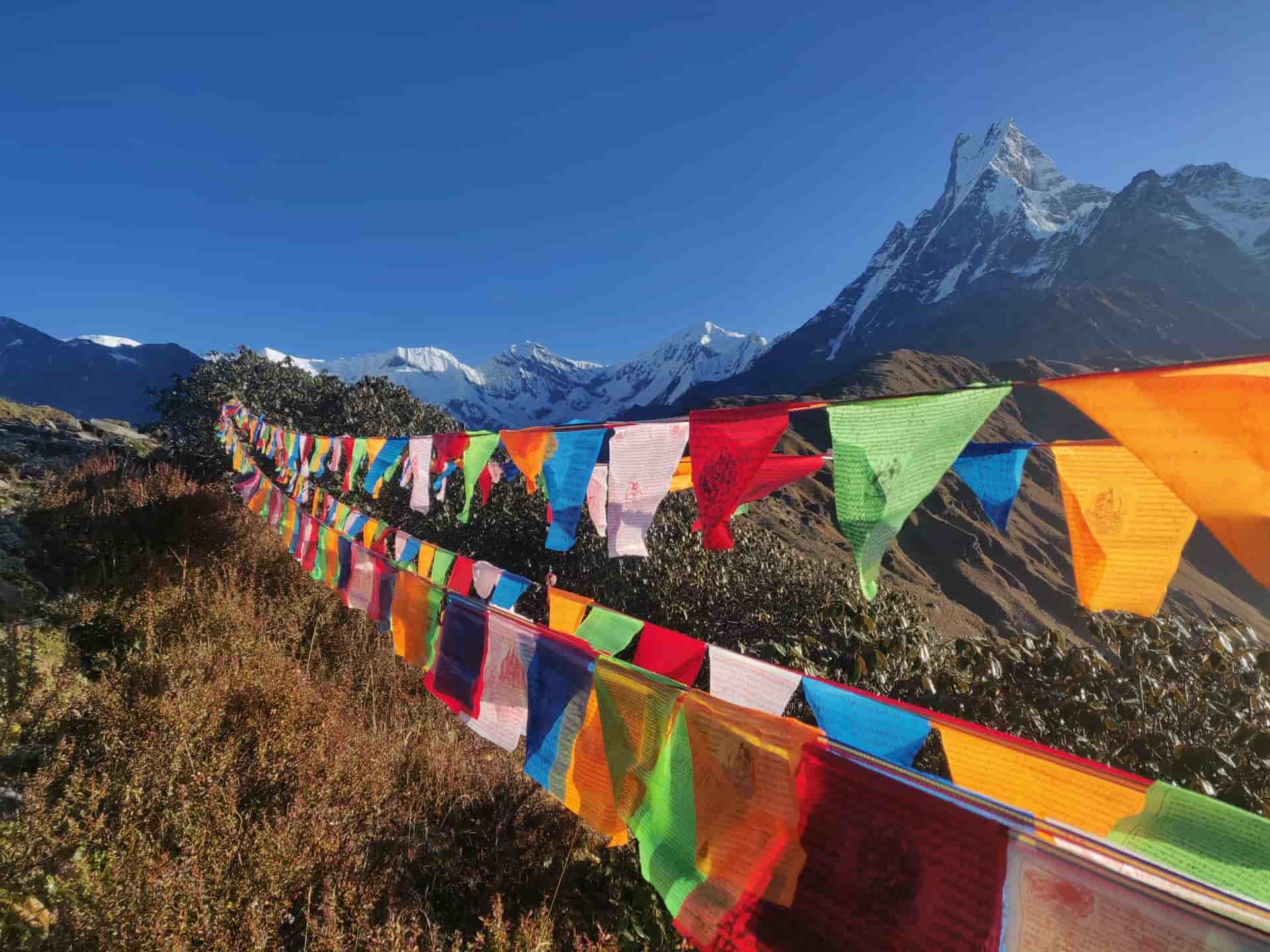
Weather and Conditions
Following the monsoon rains in September, the weather in autumn tends to stabilize and becomes particularly pleasant for trekking endeavors. Generally, daytime temperatures range from 10°C to 20°C (50°F to 68°F), often accompanied by clear skies that reveal breathtaking panoramic views of the rich landscape.
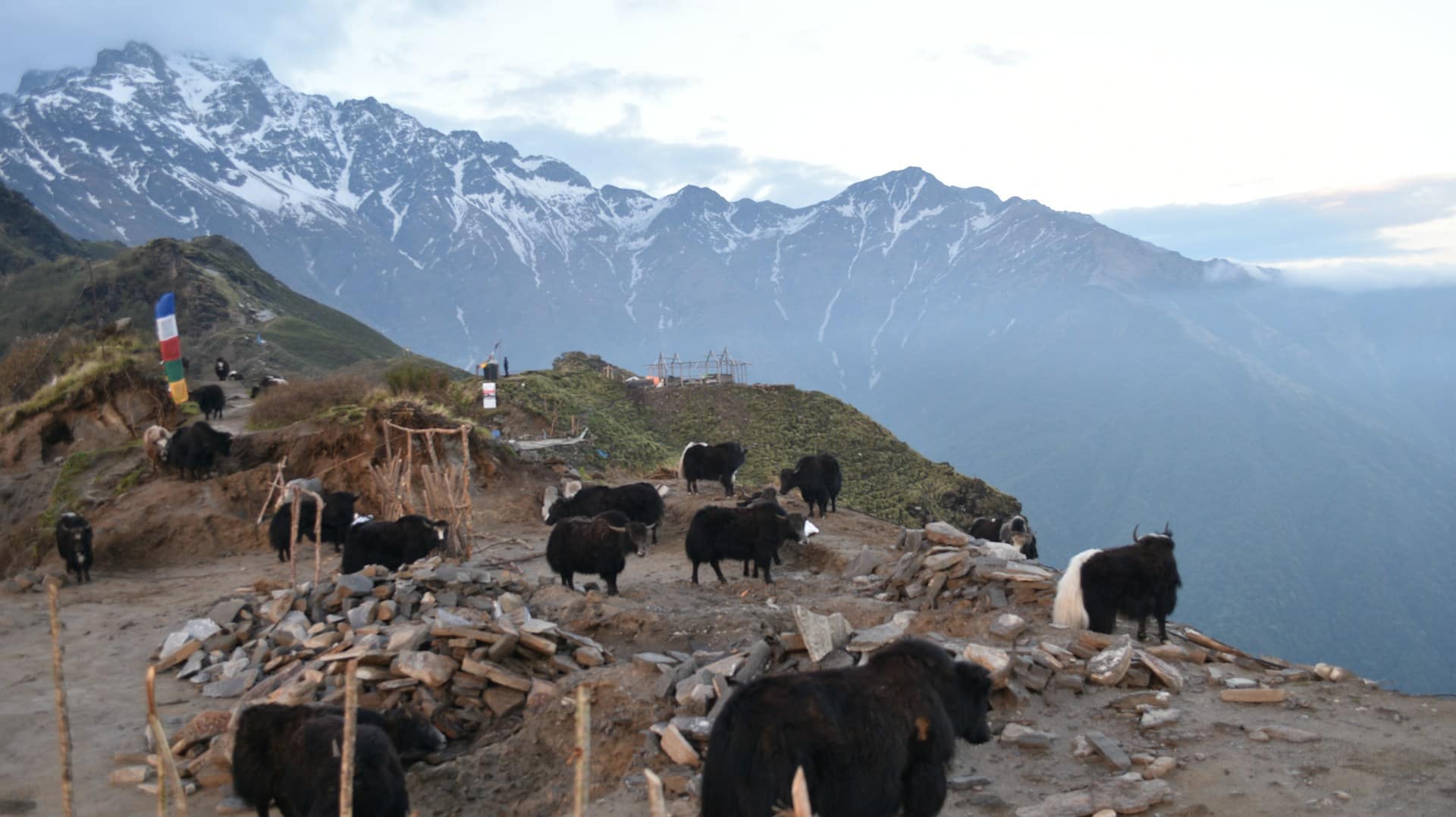
The Allure of Autumn
The clarity that follows the monsoon provides trekkers with breathtaking views of the Annapurna and Machapuchare mountains, enhancing the allure of this season. Additionally, autumn is a time when various local festivals occur; this offers trekkers an excellent opportunity to engage with Nepalese culture, traditions, and vibrant community celebrations. However, it is important to be aware that increased traffic on the trails may lead to busier conditions, resulting in lively interactions with fellow trekkers along the route.
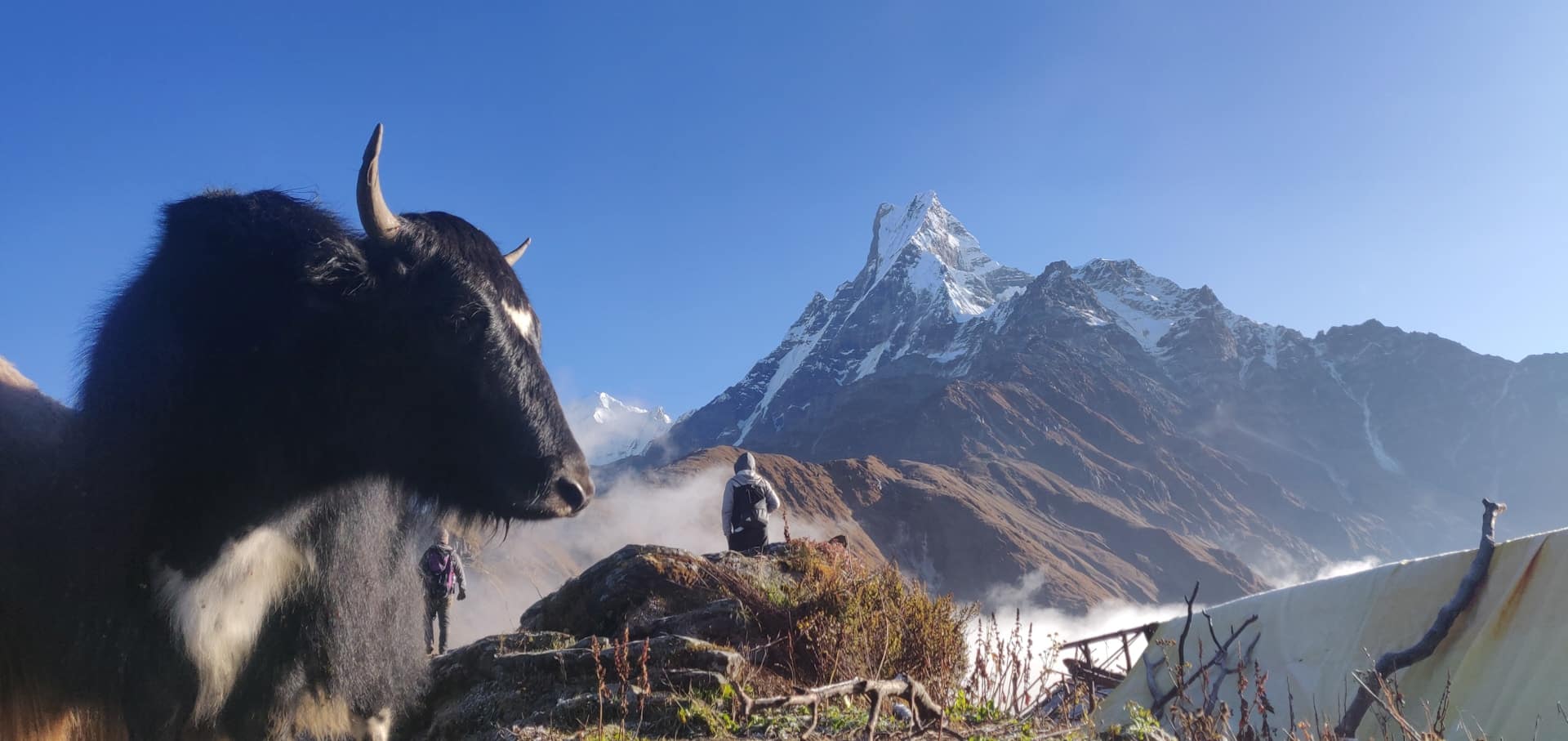
Winter (December to February)
Winter is often perceived as the least favorable season for trekking in the Mardi Himal region; however, those who venture out during these months can experience a unique and tranquil perspective of the majestic mountains blanketed in snow.
Weather and Conditions
During winter, temperatures can drop below freezing at higher altitudes, with daytime temperatures typically around 5°C to 10°C (41°F to 50°F) and significantly colder at night. Snowfall is common, particularly in January, creating a stunning winter landscape that is both serene and beautiful.
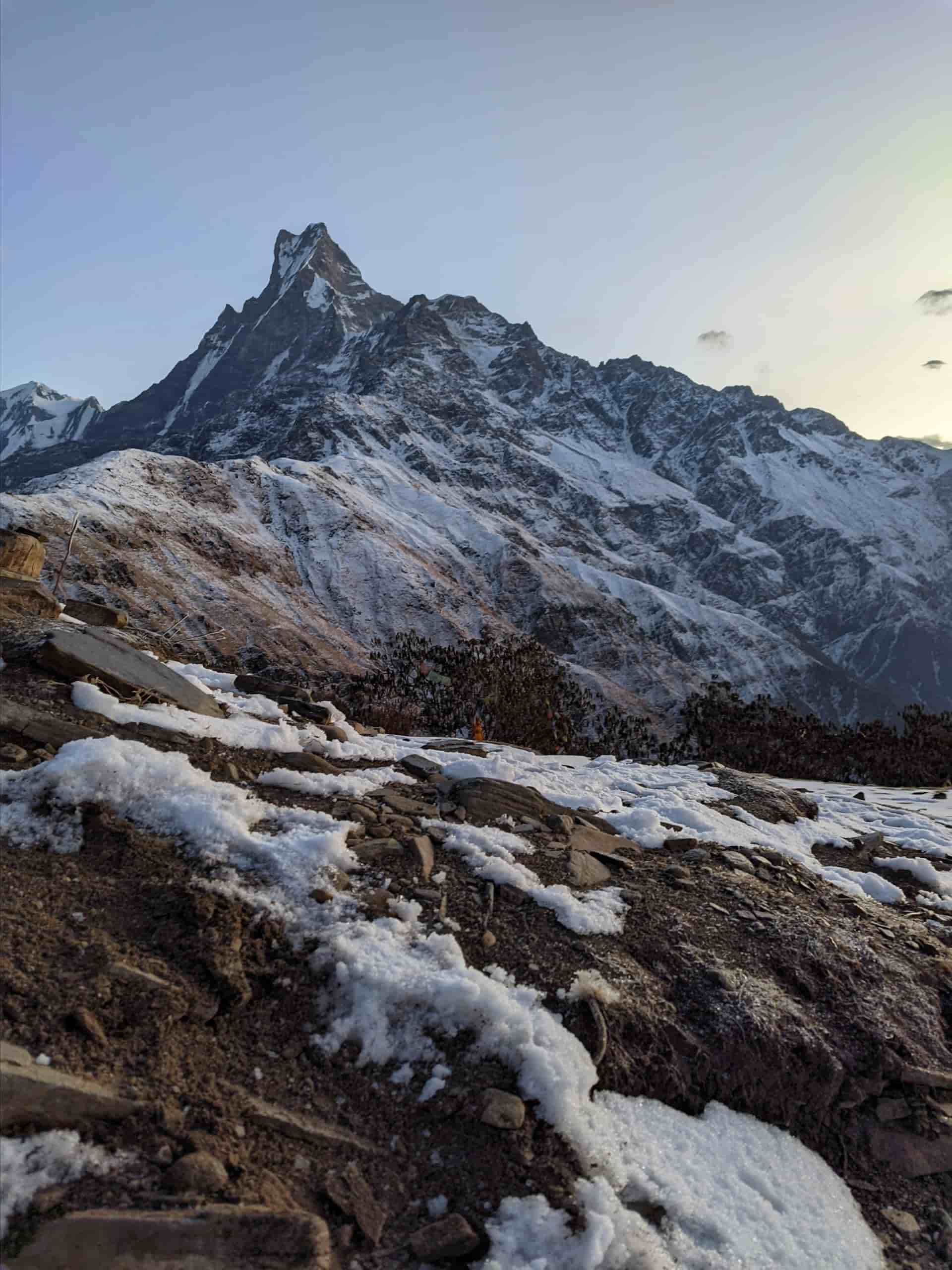
Reasons to Trek in Winter
The scenery in winter is nothing short of stunning; snow-covered peaks provide a picturesque backdrop that is perfect for photography, presenting striking contrasts and an undeniable sense of tranquility. The isolation and serenity often experienced during this time of year can enhance your connection to nature, as fewer tourists venture out during these months. For many seasoned adventurers, winter trekking offers a unique challenge and the prospect of solitude, making it a worthwhile endeavor for those seeking something different.
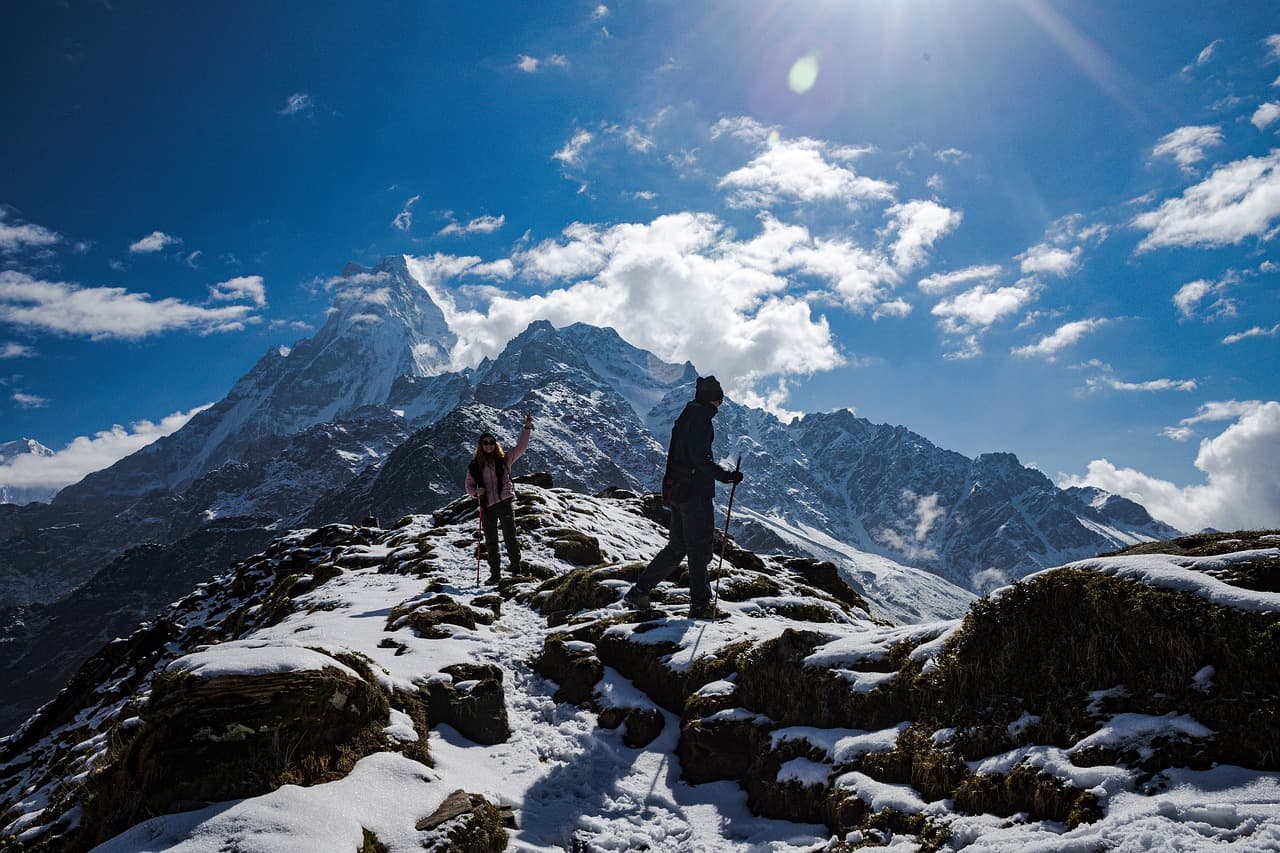
Choose Your Season for Mardi Adventure Wisely
Each season on the Mardi Himal trek offers its own beauty and challenges. Spring dazzles with vibrant flowers, while summer provides a peaceful hiking experience amid lush greenery. Autumn showcases stunning views of the changing landscape, and winter turns the area into a snowy wonderland, perfect for adventurers. Choosing the right season enhances your journey, which is as important as the destination. Embrace the preparation: wear sturdy boots, pack wisely, and get ready for an incredible adventure filled with breathtaking sights and unforgettable moments on the trails of Mardi Himal. Happy trekking!
Popular Packages of Annapurna Region
Recent Blog Posts
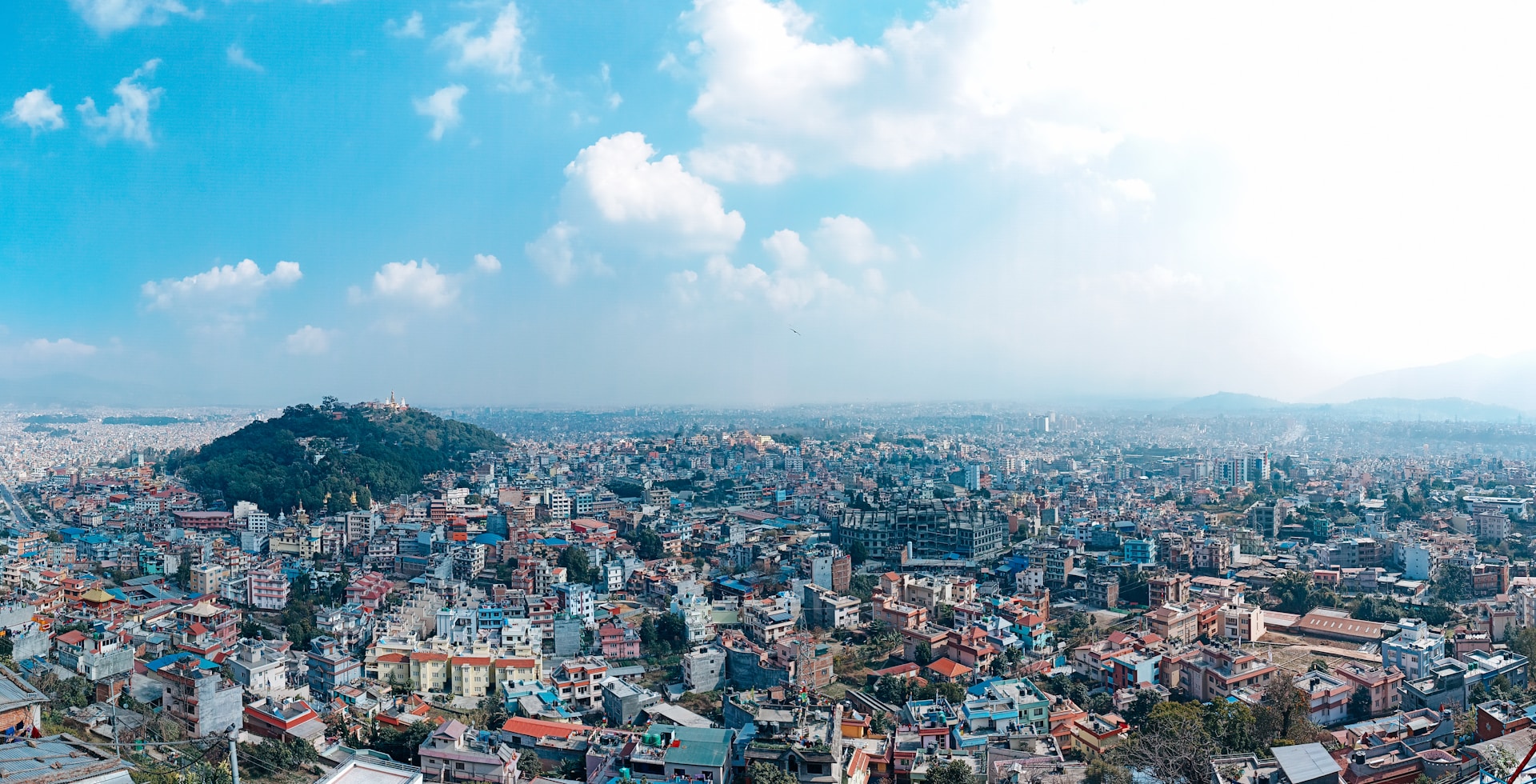
Kathmandu Valley: Exploring the Capital of Nepal
Jun 15, 2025
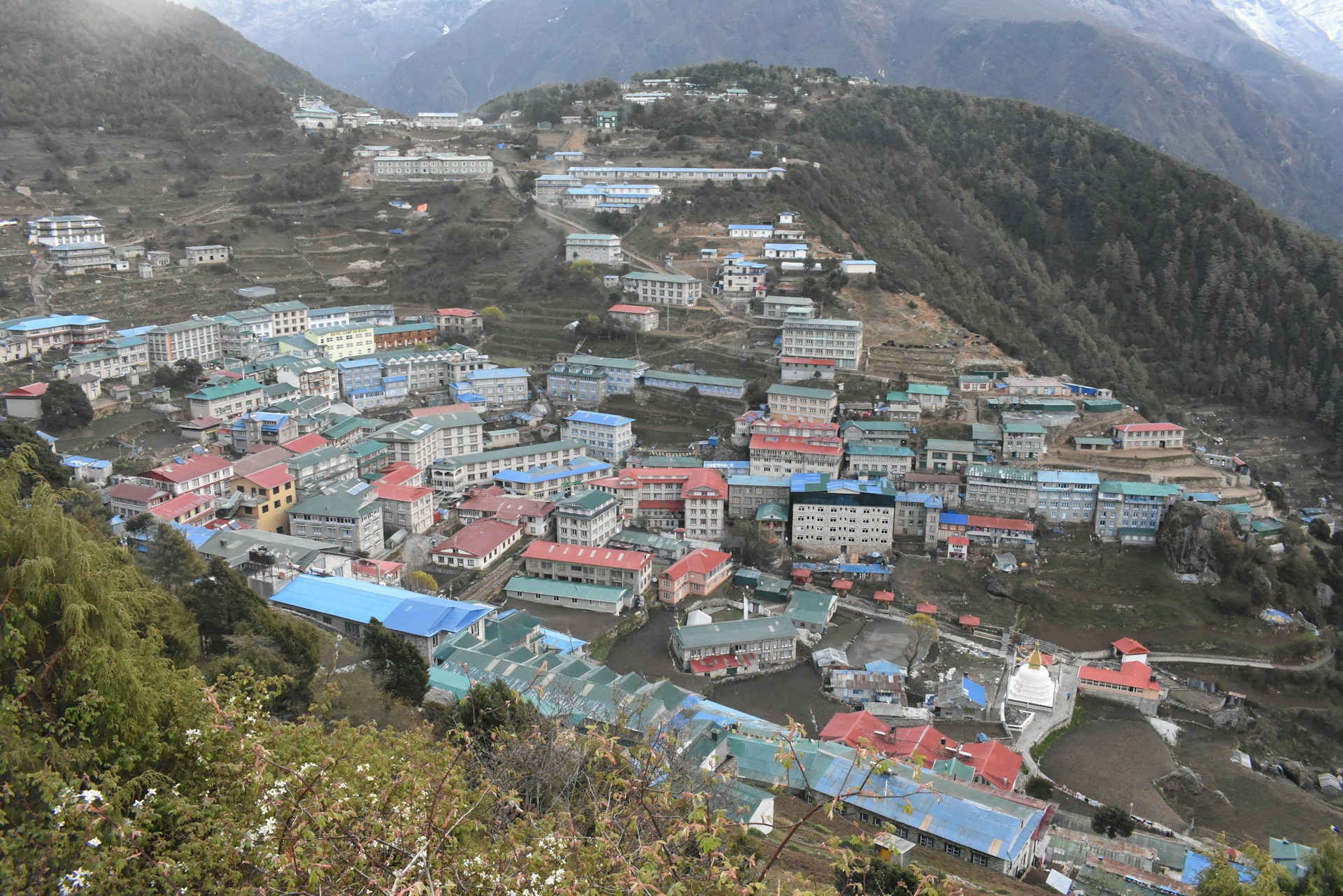
Namche Bazaar: What to Expect in the Sherpa Capital
May 20, 2025
